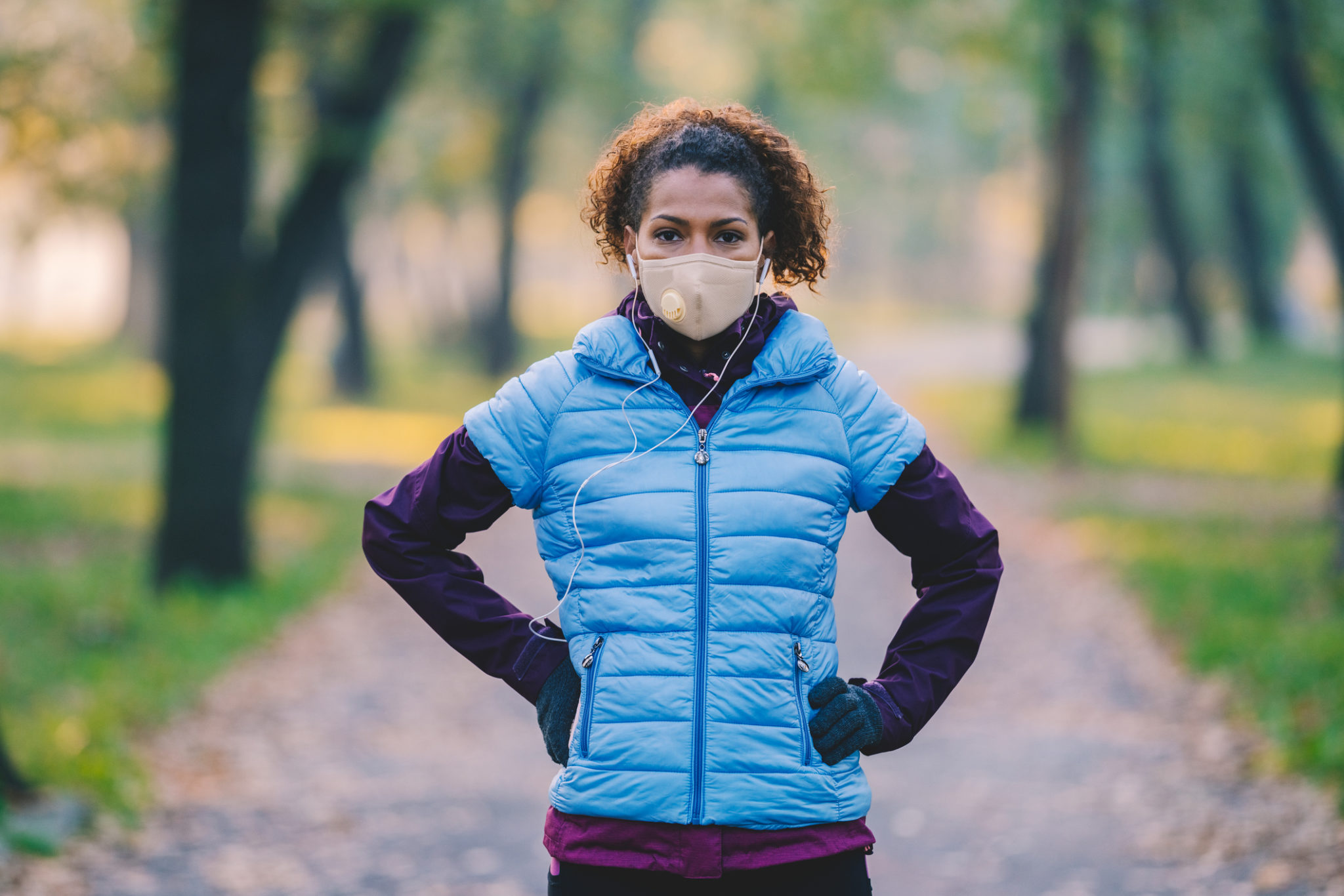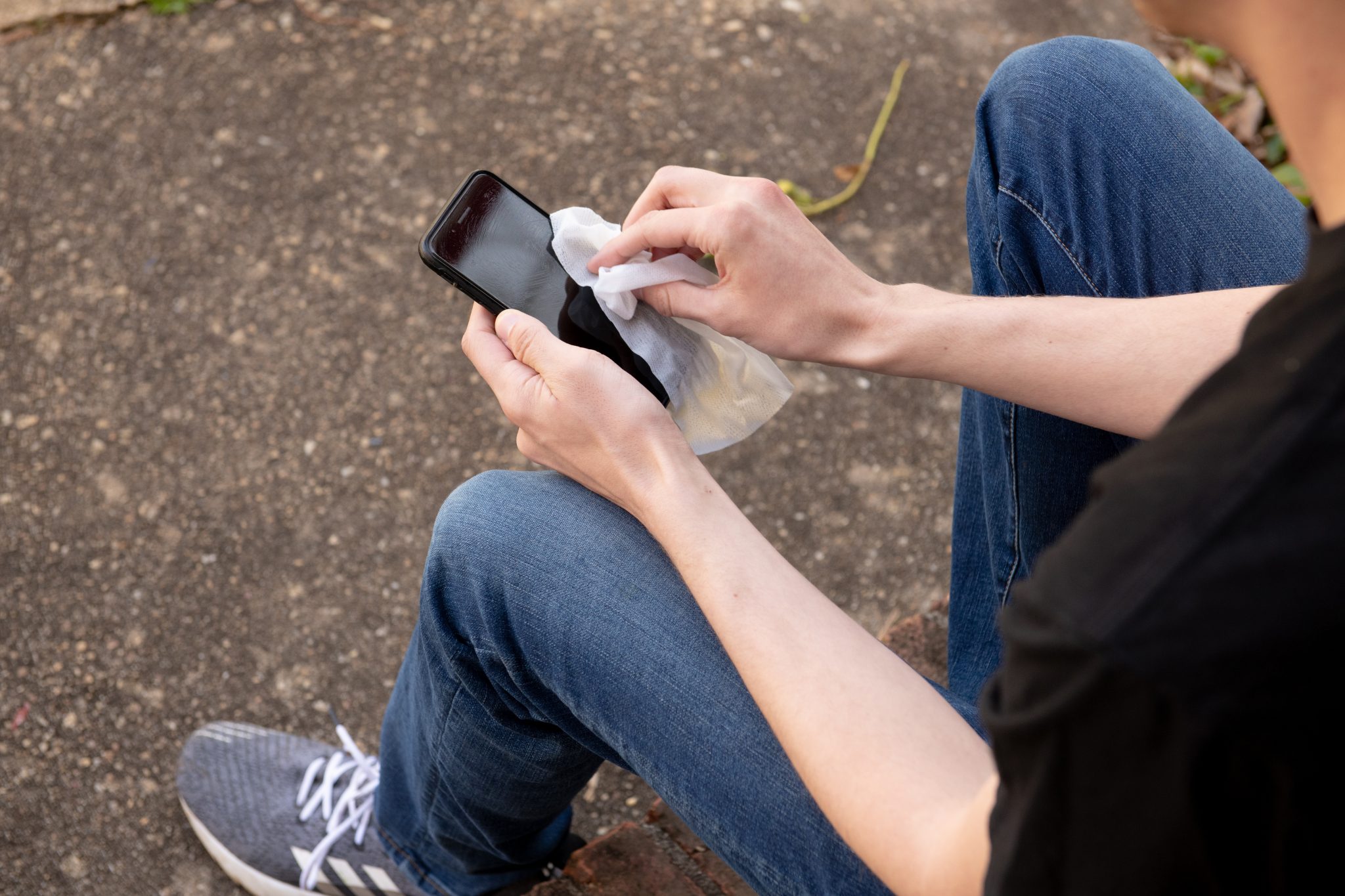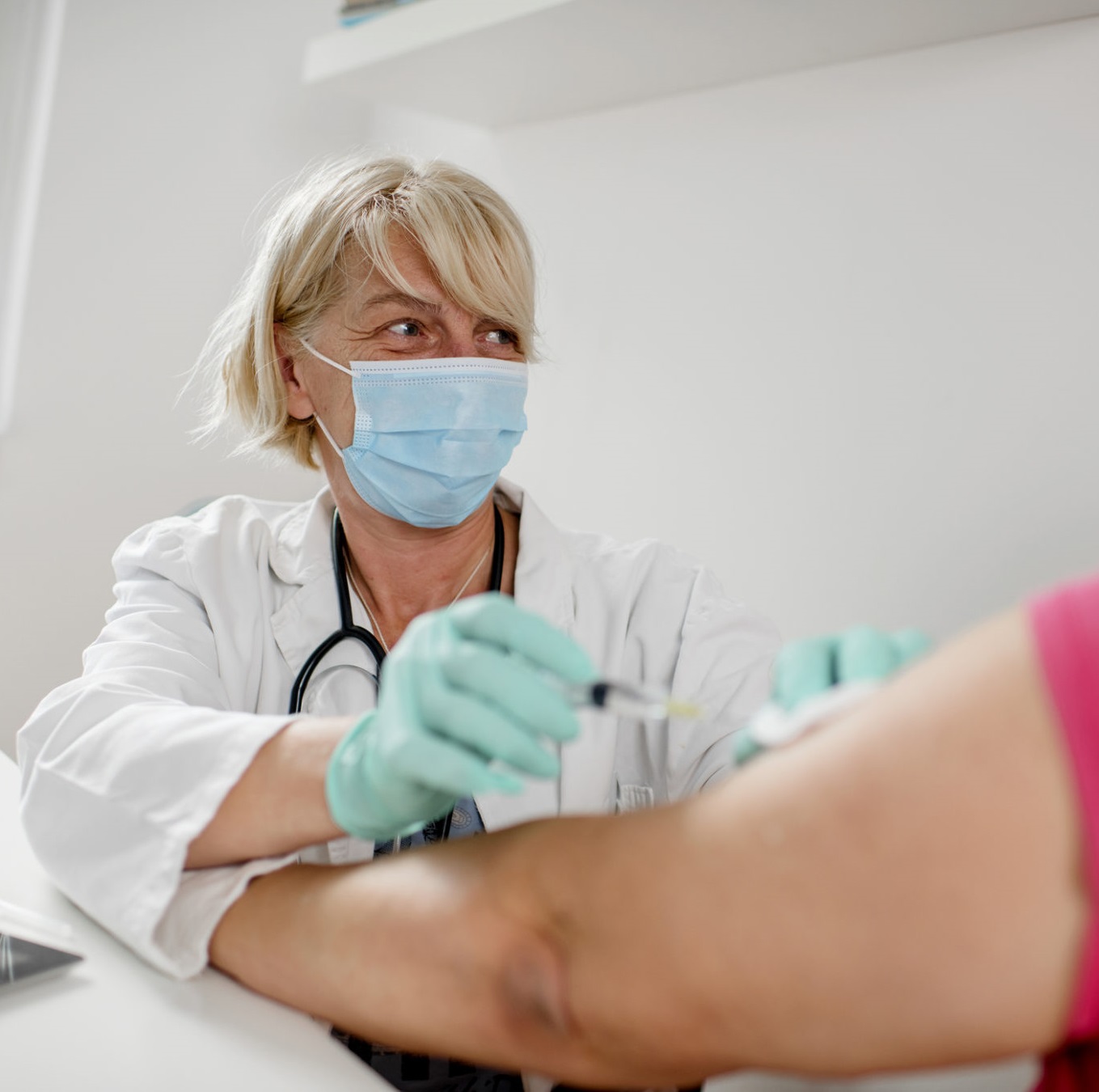How to Work Out Comfortably with a Mask

November 08, 2021
Since March 2020, exercising has been one of many activities to drastically change, but it’s still possible to do so safely. “Whether you can return to the gym or your favorite fitness studio, or work out in the local park, you still need to be safe around others—and that means practicing social distancing and wearing a mask,” says Olevia Metry, M.D., family medicine specialist at Palisades Medical Center.
Wearing a mask helps reduce the spread of germs. The Centers for Disease Control and Prevention (CDC) recommends wearing a mask with two or more layers that covers your nose and mouth, and fits securely under your chin. The CDC does not recommend the use of gaiters.
“During these stressful times, exercising can be a way to relieve anxiety or keep some sense of normalcy,” says Lisa Kassenoff, D.O., internal medicine specialist at Southern Ocean Medical Center. “Wearing a mask while working out can seem challenging, but if you are working out in public, in an indoor setting or outdoors where you can’t maintain social distancing, it is absolutely necessary to keep you and everyone around you safe.”
Whether you are a frequent runner, prefer high-intensity workouts or enjoy lifting weights or walking on a treadmill, here are a few things to consider around wearing a mask:
- Consider an adjustable mask. Masks that are too big or too small might not offer the best protection, or they may make it feel like your breathing is restricted. A mask that has adjustable straps can ensure you are breathing without discomfort.
- Choose a cotton or cloth mask, not a surgical mask. While surgical masks are disposable, they are more likely to get damp quicker and decrease your protection against the virus. Reusable cloth masks are a great investment if you will be working out frequently.
- Wash your mask after every workout. The advantage of wearing a cloth or cotton mask is that many are washable. Wash your mask after every workout or use because bacteria and viruses can live on cloth fabric.
- Bring a backup mask. If you are planning to work out for a prolonged amount of time, consider bringing a backup mask in case your first mask becomes damp.
- Focus on your breathing. When you are working out, you want to ensure you’re breathing as comfortably as possible. If you start to feel any discomfort or dizziness, stop immediately.
“With so many types of masks available today, you can find one that meets your needs and allows you to work out comfortably,” Dr. Metry says.
The material provided through HealthU is intended to be used as general information only and should not replace the advice of your physician. Always consult your physician for individual care.
Find a doctor near me
Five Tips for a Healthier Workout

Three of our cardiologists share how to fit heart healthy exercise into even the busiest schedules.
How to Identify Early Signs of Stroke

Recognize stroke symptoms? Learn early stroke signs from Dr. Pavuluri. Get timely medical attention to reduce disability risk.
Find a doctor near me

How to Keep Coronavirus Off Your Phone & Devices
Keep coronavirus off your phone and devices. Learn simple, safe cleaning steps to help prevent illness. Read now for helpful tips.

Protect Yourself From Golfers’ Wrist
Prevent golfer's wrist pain. Learn how to manage and avoid this common golf injury with expert advice from orthopedic surgeons. Find relief today.

Reduce Your Fear of Needles
A fear of needles can seem debilitating. Here are some tips to help overcome the phobia.

Getting Back on Track After a Sports Injury
Recover from sports injuries. Dr. Mehta offers expert advice and a recovery plan for athletes. Regain strength and mobility. Learn more.
